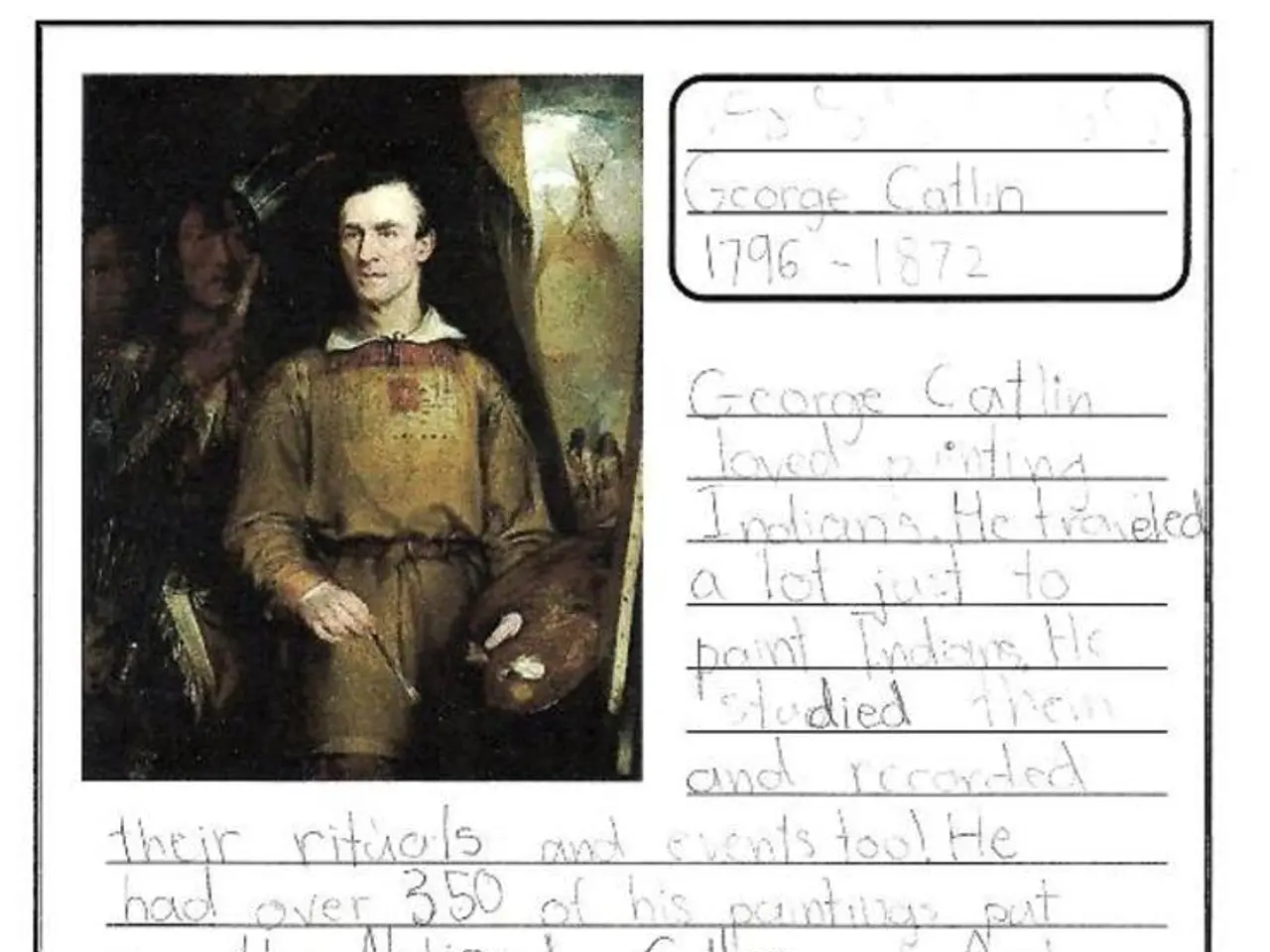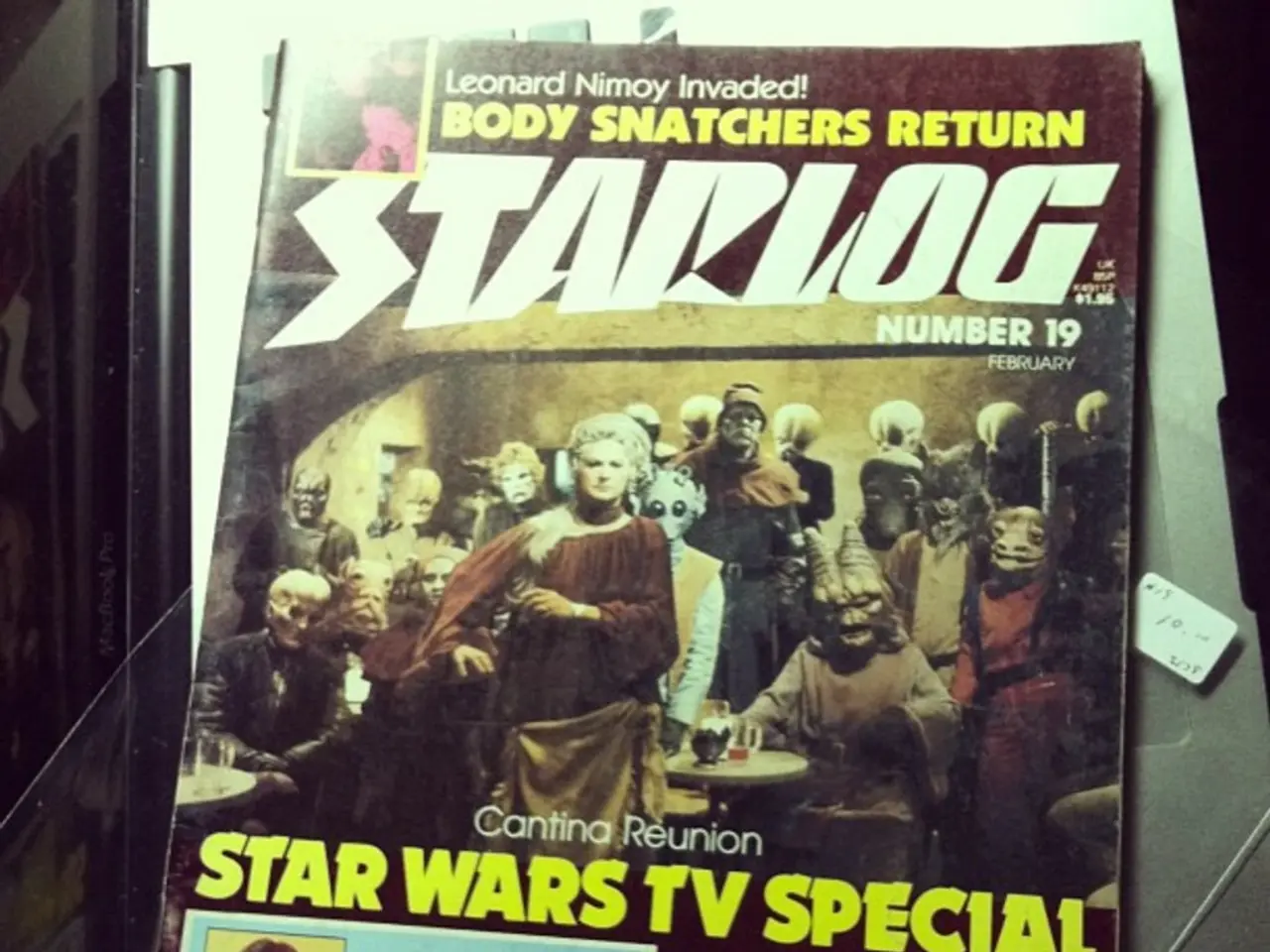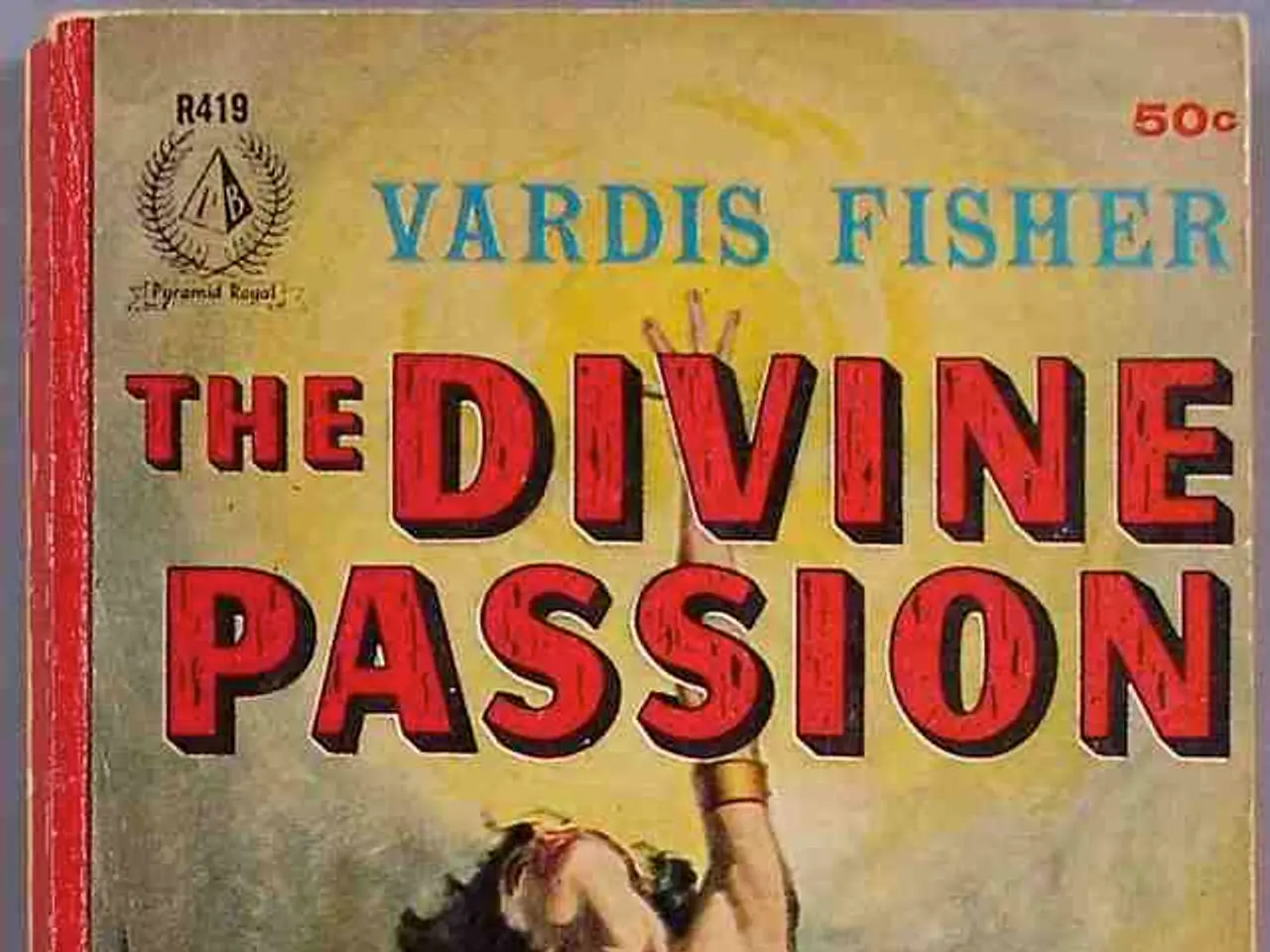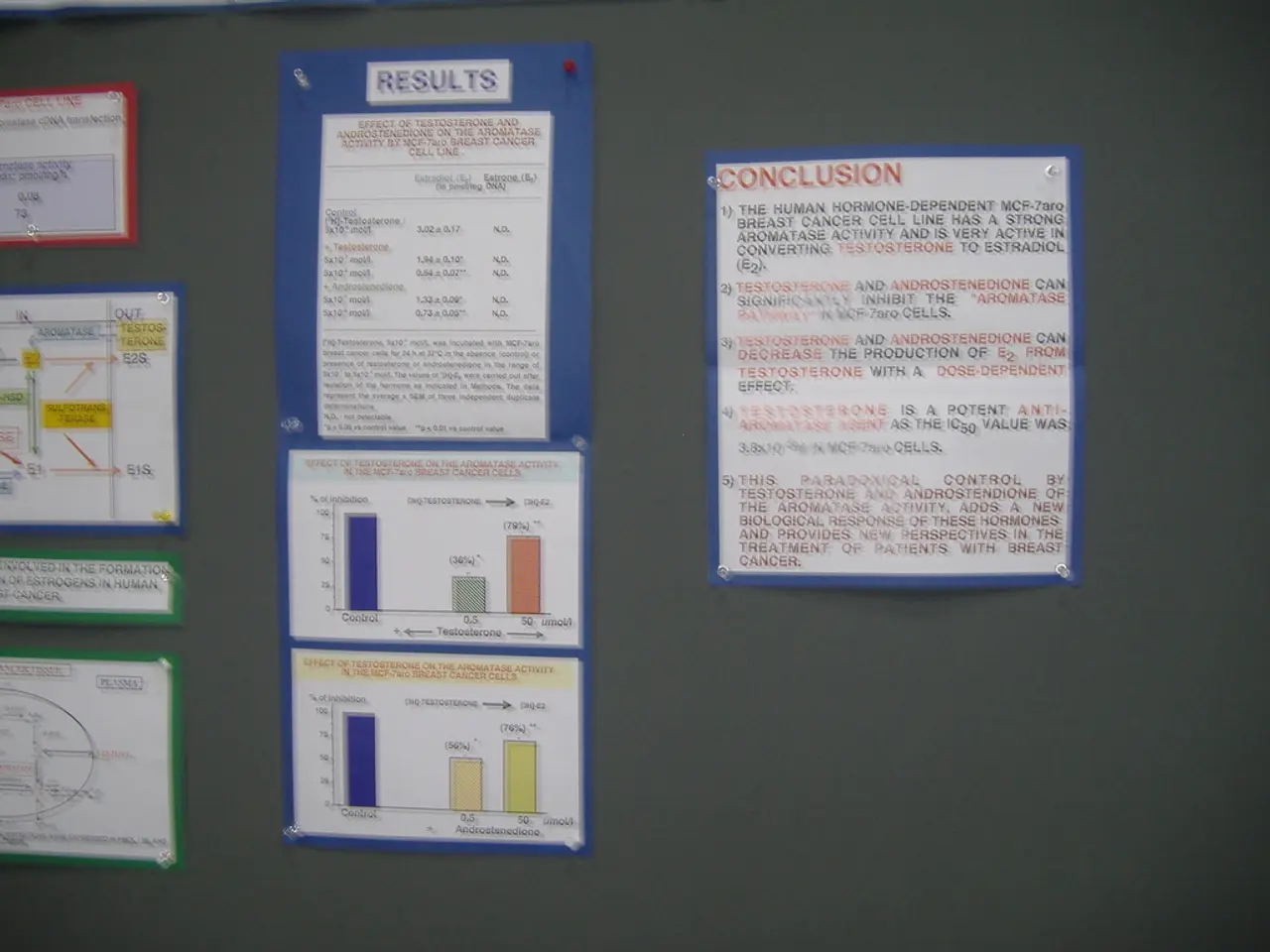Archaic Persian Text Reveals Thirty Unsettling Demon Entities from a Bygone Century
In the realm of ancient Persian culture, the line between spirituality, mythology, and astronomy often blurred, as depicted in a series of intriguing manuscripts. One such example is the Kitāb-i ʿAjāʾib-i makhlūqāt ("Wonders of Creation"), where demons, angels, and zodiac symbols coexist, indicating a profound connection between demonology and astrology in Persian cosmology.
These demons, known as divs, have their roots in the pre-Zoroastrian Avestan daevas, originally deities that later became demonized within Persian religious evolution. Unlike the Indian tradition that deifies Devas, Persian tradition demonized daevas and favoured Ahura Mazda as the supreme deity. These divs were seen as malevolent beings and appear across Persian folklore and manuscripts, blending with mythological, religious, and astrological themes.
The connection to astrology is evident in the way Persian demonology intertwined supernatural beings with celestial aspects. Zodiac symbols frequently appear with demons and angels in manuscripts like the Kitāb-i ʿAjāʾib-i makhlūqāt, suggesting that these demons were part of a cosmological framework where stars and celestial entities influenced human affairs.
Cross-cultural influences spread these images and ideas into Jewish and later Islamic demonologies, where Persian demon figures like Asmodeus, a demon associated with Persia and Mesopotamia, became part of the broader astrological-religious worldview.
The Kitab-i Aja'ib-i makhluqat, an early 20th-century Persian book of spells, included a demon guide with illustrations and spells to ward off demons. The manuscript, now held at Princeton University's Department of Rare Books and Special Collections, was likely used by a divination expert in Isfahan, Iran.
The author of the manuscript claimed knowledge of these demonic beings to be from Biblical Solomon. The book's early 20th-century date puts it as one of the newer mystical Islamic texts, reflecting how the belief in magic persisted into the modern age.
Despite belief in the supernatural having largely dissipated from the mainstream, manuscripts like these which tell of magic and monsters in the dark continue to fascinate. The demon paintings in the manuscript were taken from an earlier text and later combined with various talismans and spells. Many of these demons are shown tormenting living humans, even while they sleep. One of the more sinister-looking demons is shown licking a slumbering human's foot.
One of the demons depicted in the old demon guide is a brown, furry seven-headed beast with horns and seven different mouths. The scary-looking dog-demon is pictured sitting by itself, wearing gold jewelry and blue bottoms, and is shown side-by-side with the drawing of a crab, a reference to its connection to the Cancer zodiac sign.
Arabic writings in the manuscript contain information on constellations, star births, and an unexpected description of the archangels Mika'il (Michael) and Jibra'il (Gabriel) complete with their alleged likenesses.
This synthesis of demon imagery and astrology illustrates how ancient Persian culture integrated spiritual, mythological, and celestial elements in their manuscripts, offering a unique glimpse into the mystical worldviews of the past.
- Science and history often intersect in the analysis of ancient Persian culture, as demonstrated by the Synthesis of demon imagery and astrology in manuscripts like the Kitab-i Aja'ib-i makhluqat, which provides valuable insights into the mystical worldviews of the past.
- Historical figures, such as Biblical Solomon, are cited as sources of knowledge on demonic beings in works like the Persian book of spells, revealing the blend of pop-culture and traditional religious beliefs in manuscripts that depict monstrous beings even today.
- Cultural exchange has played a significant role in the evolution of demonologies, as seen in the cross-cultural influences that spread Persian demon figures like Asmodeus into Jewish and Islamic beliefs, merging them with mythological, religious, and astrological themes.







